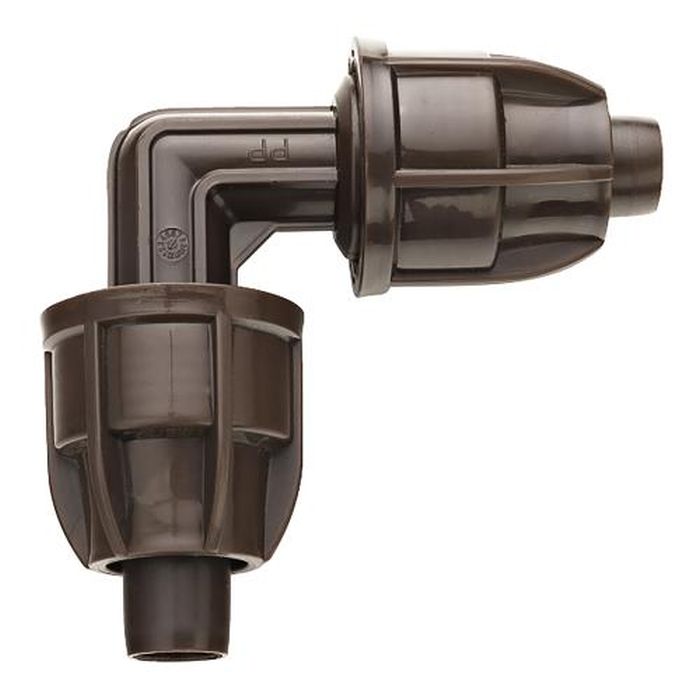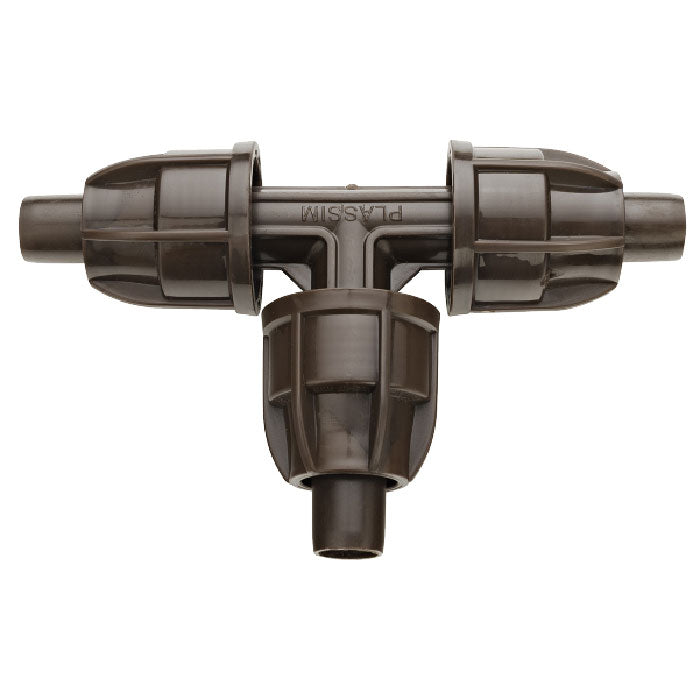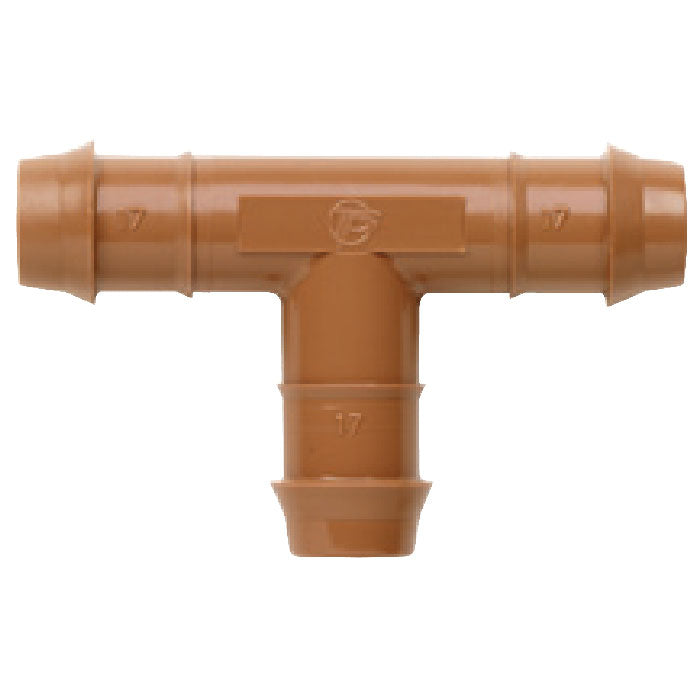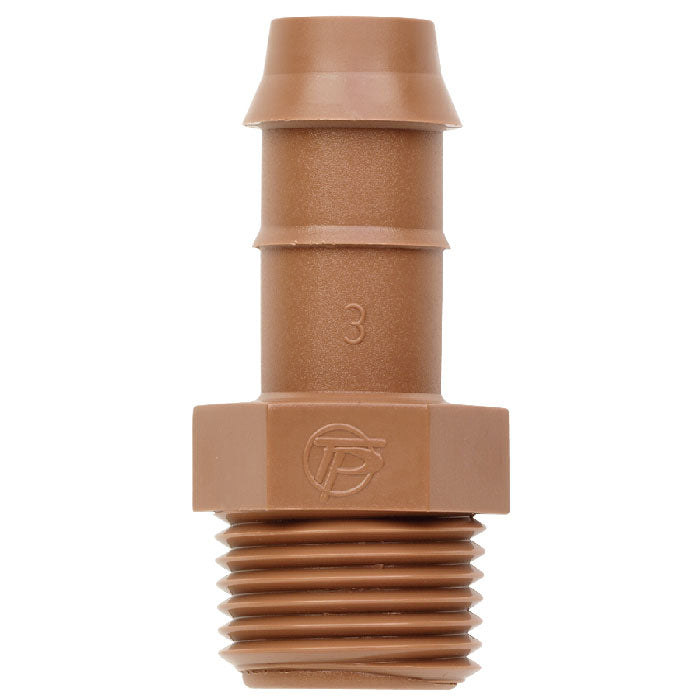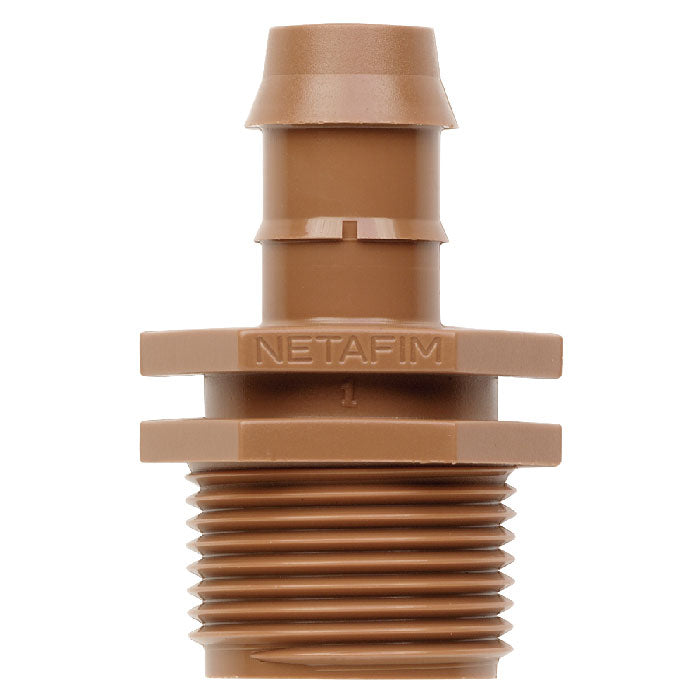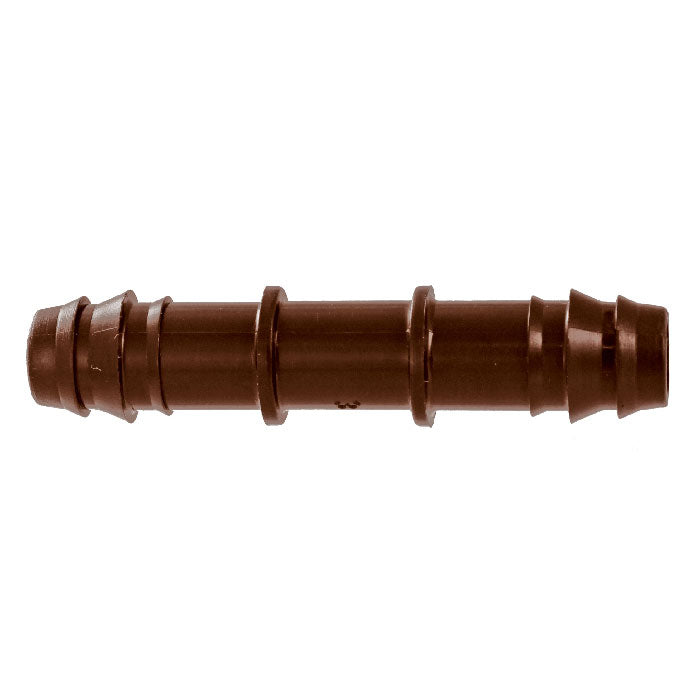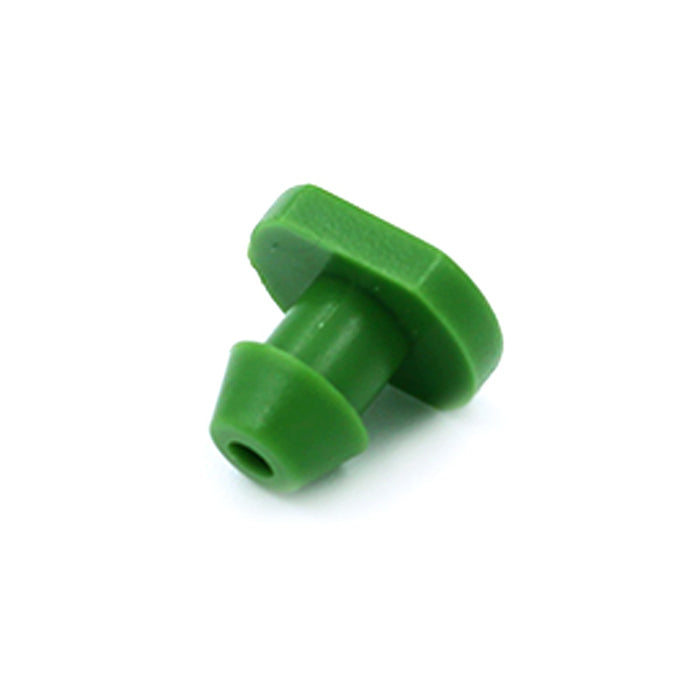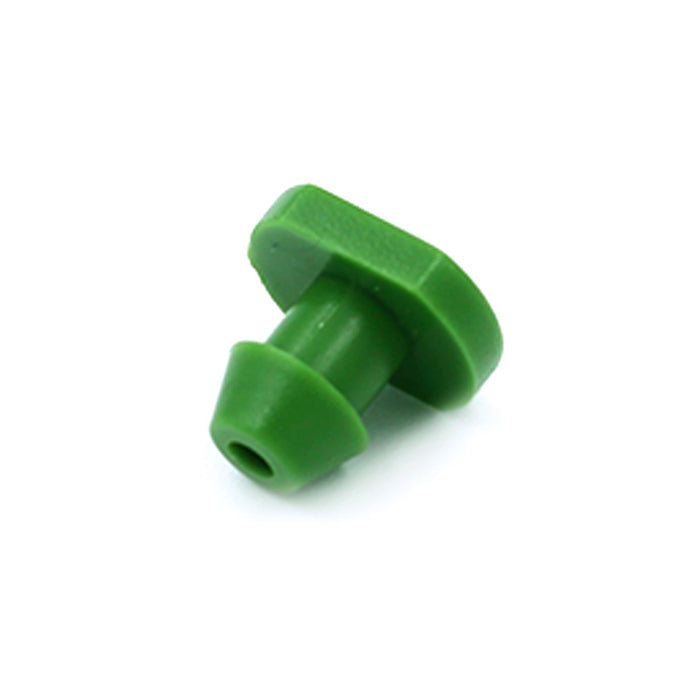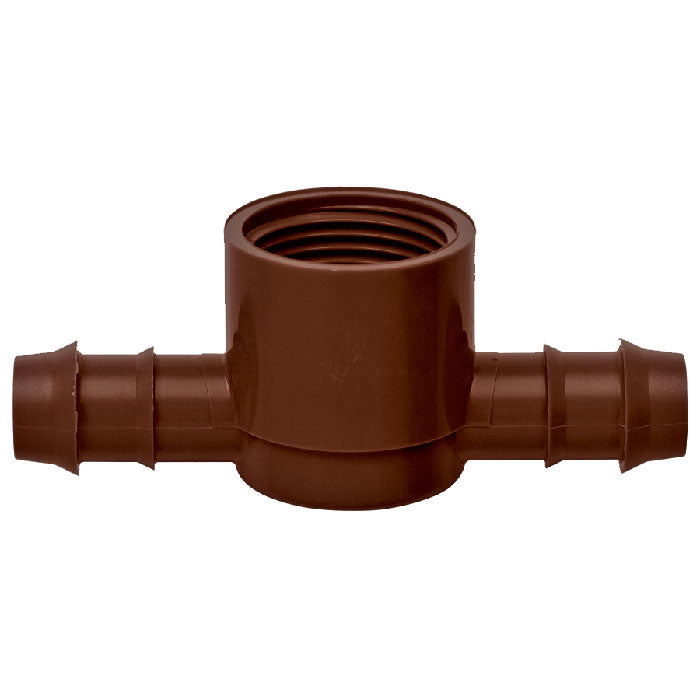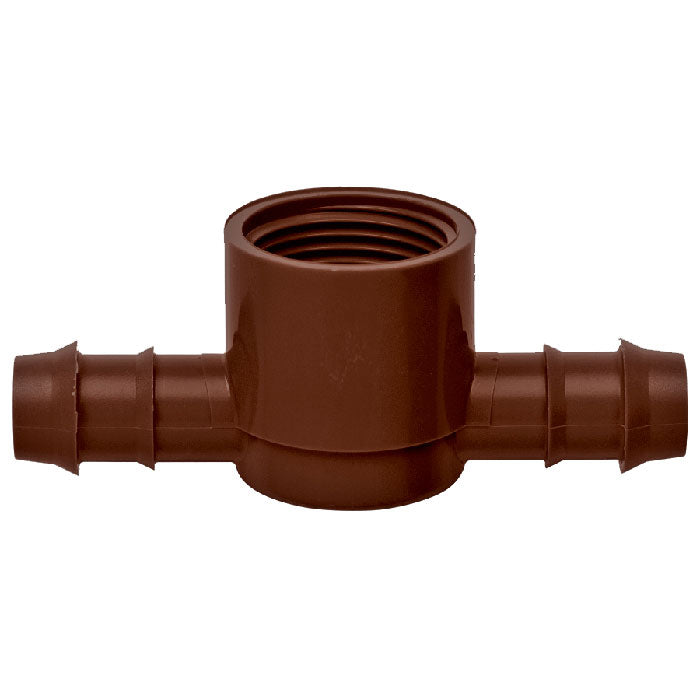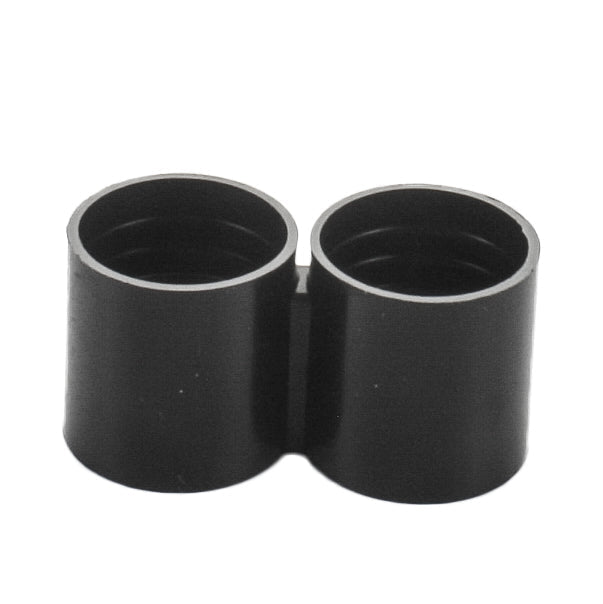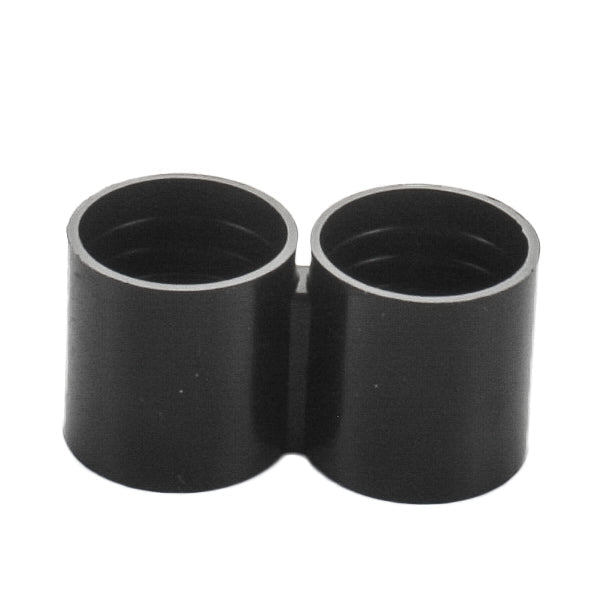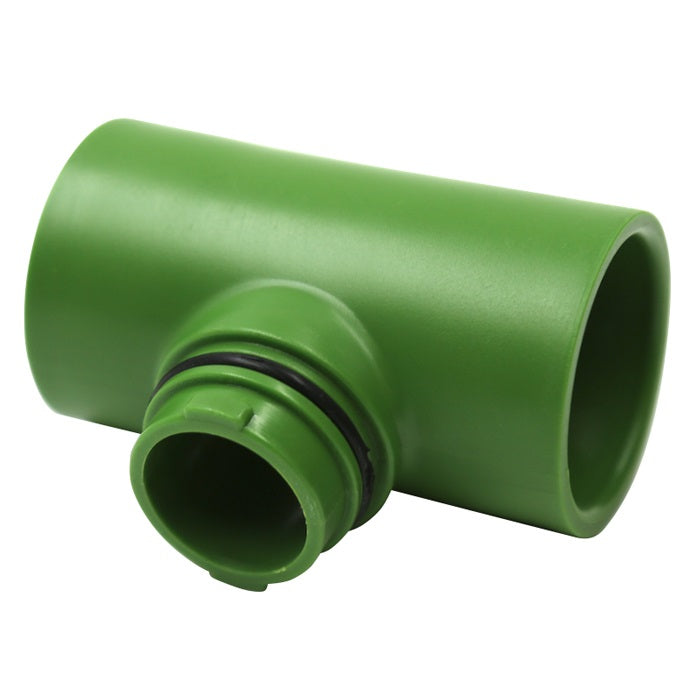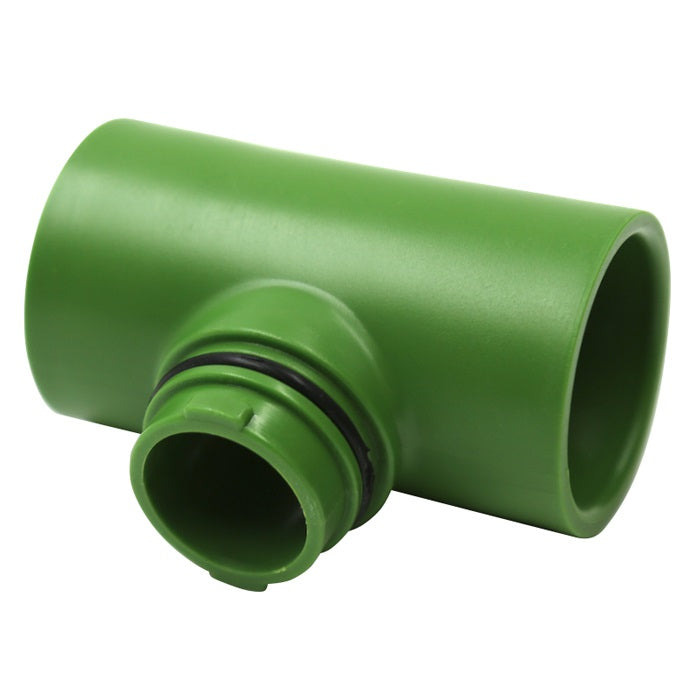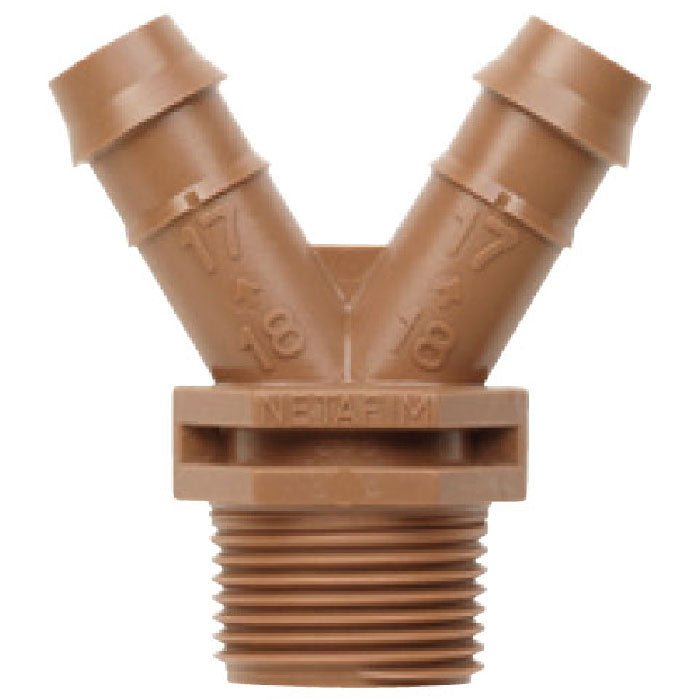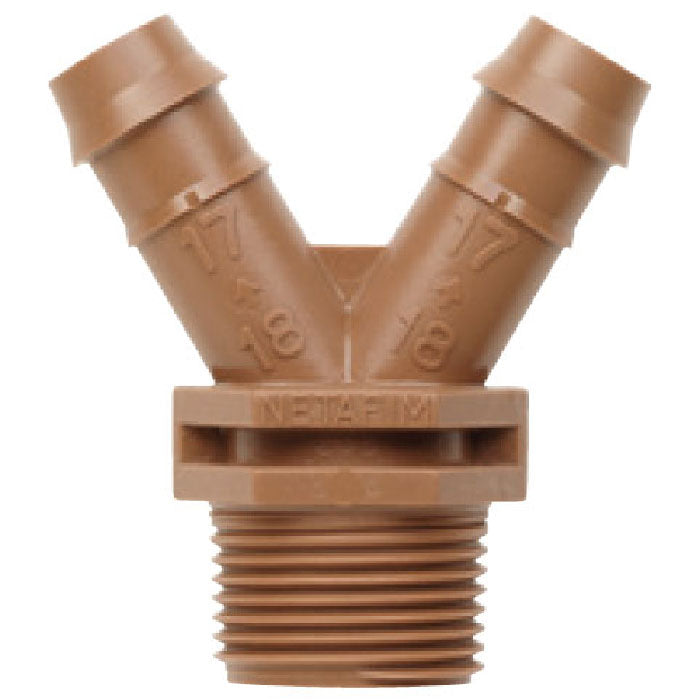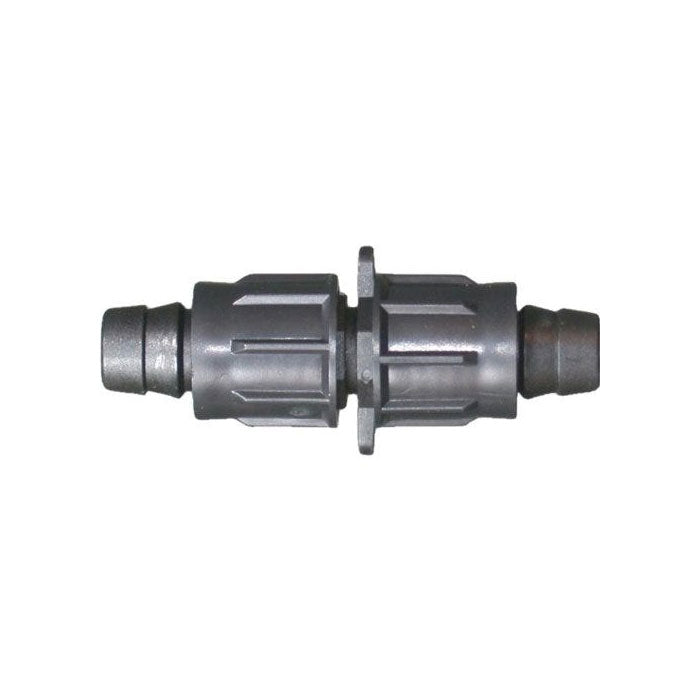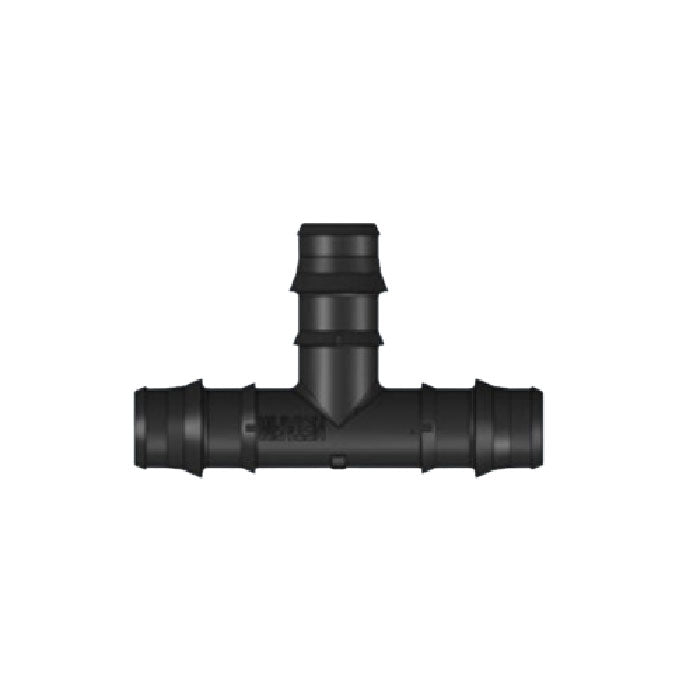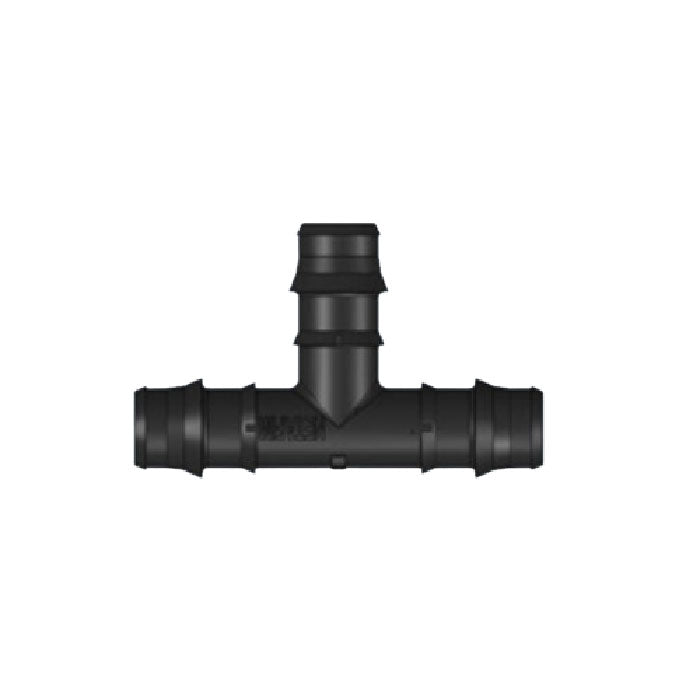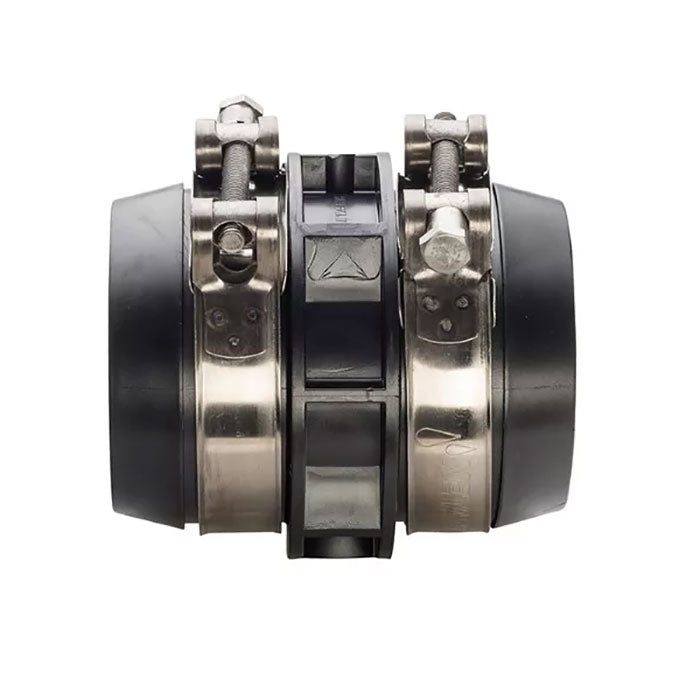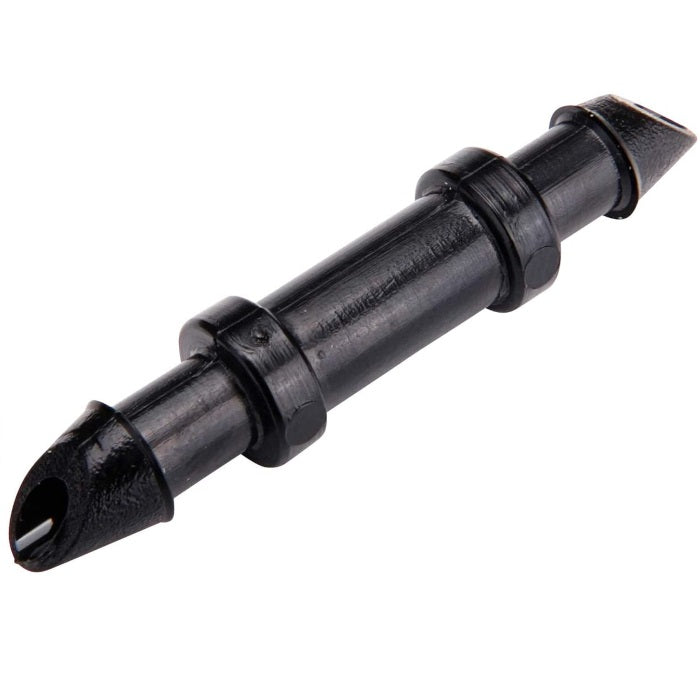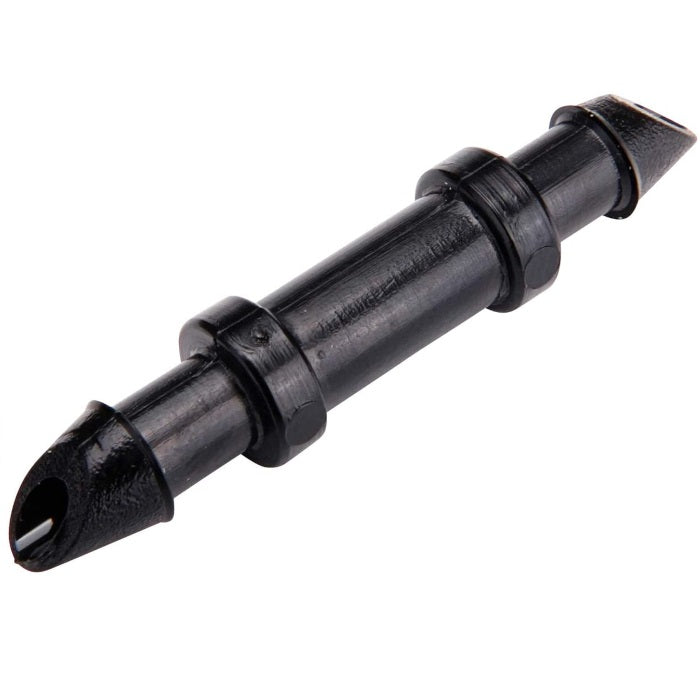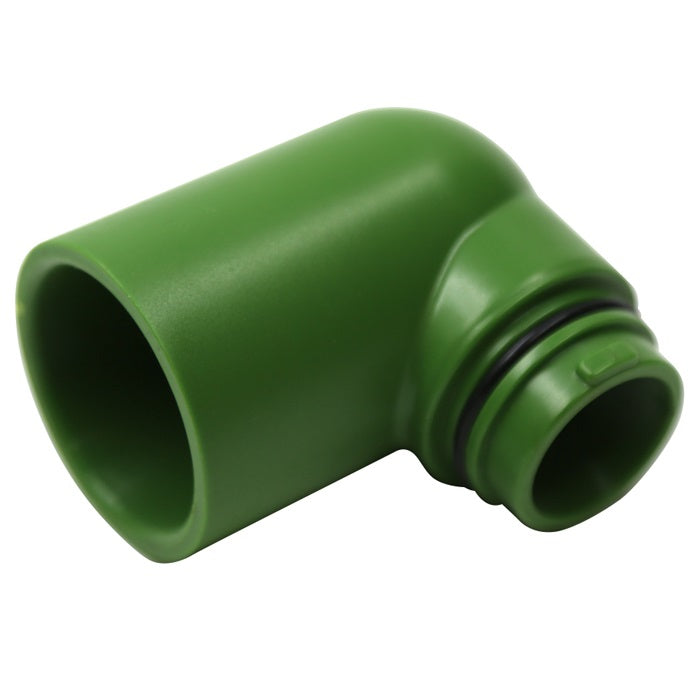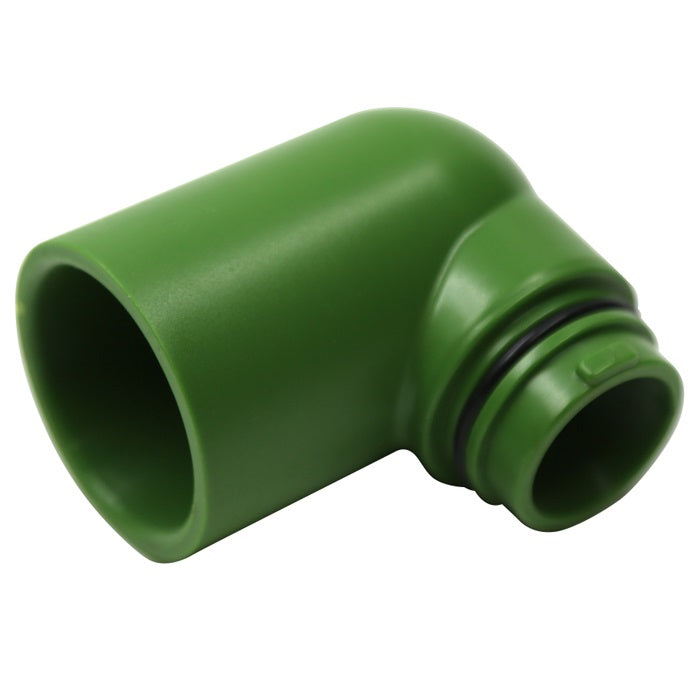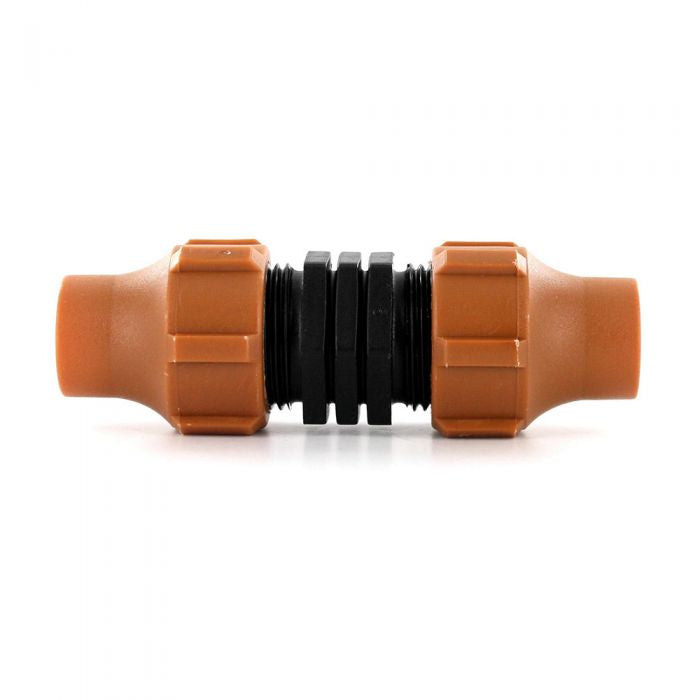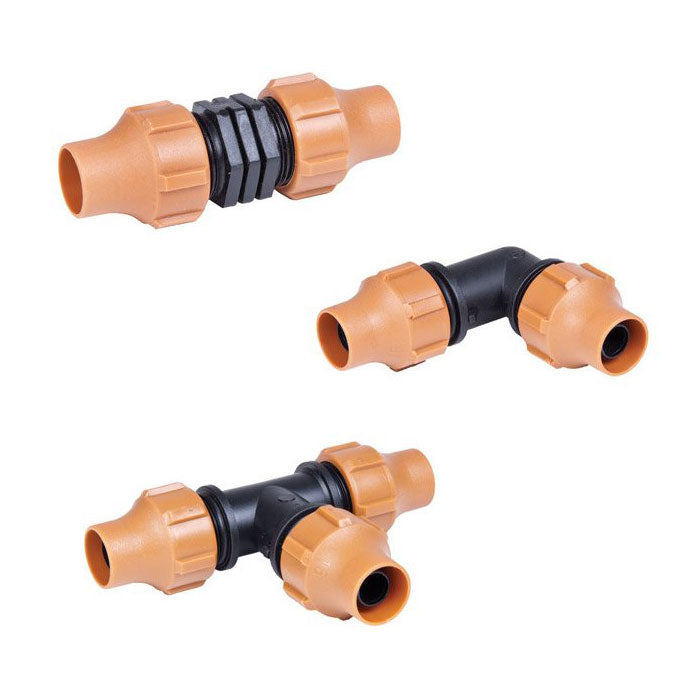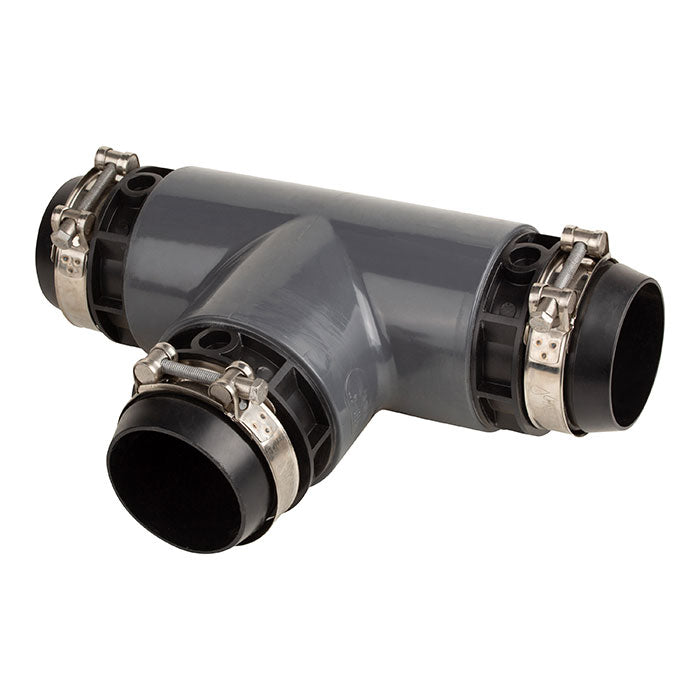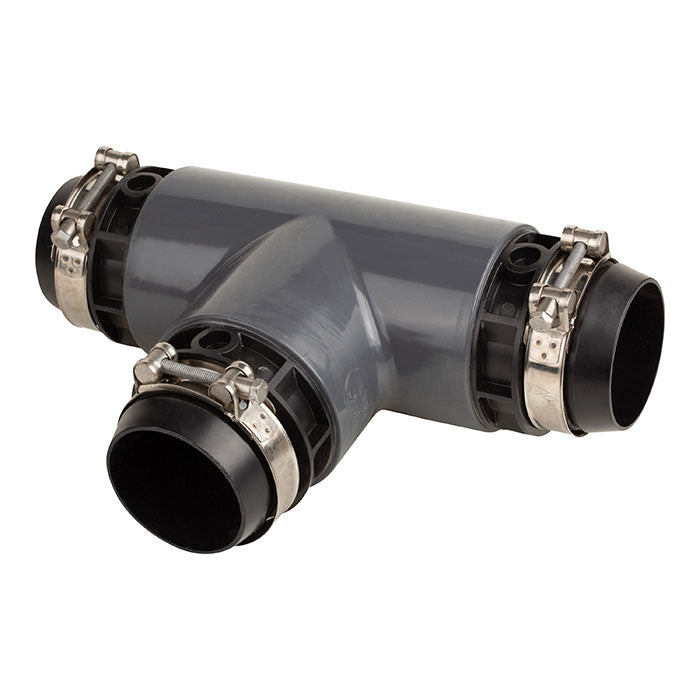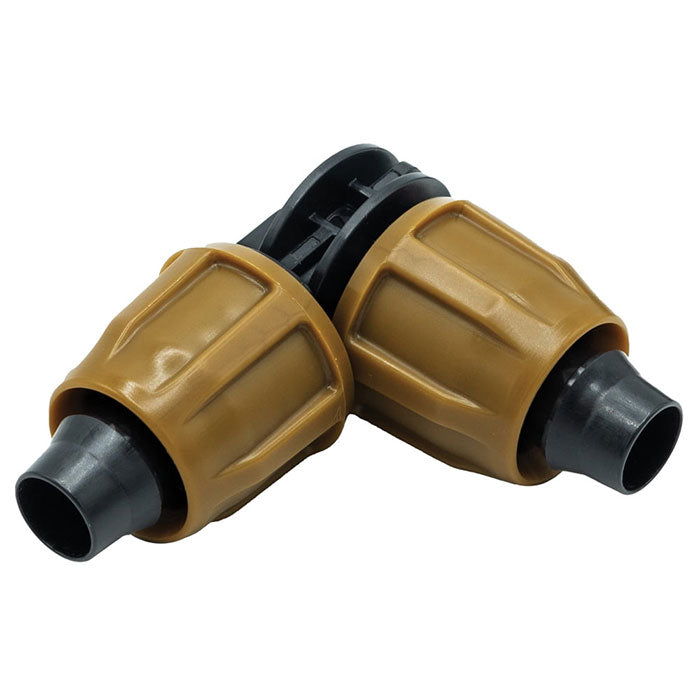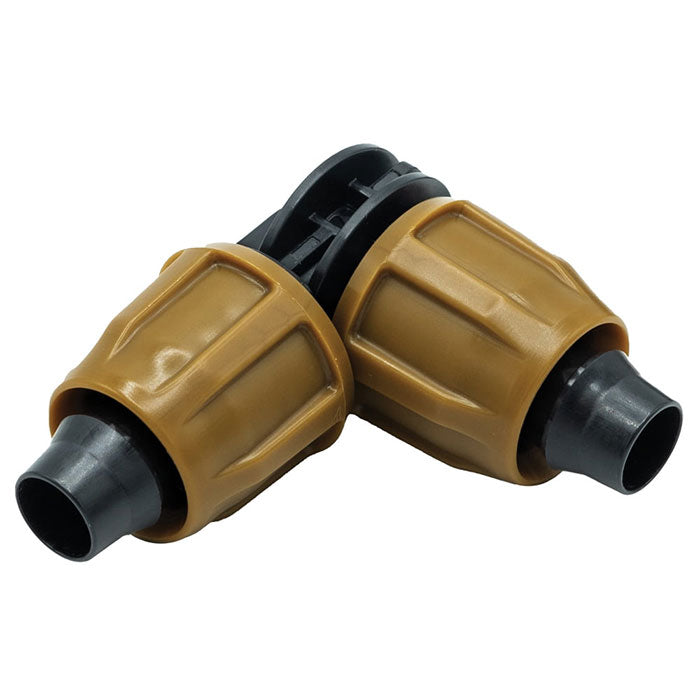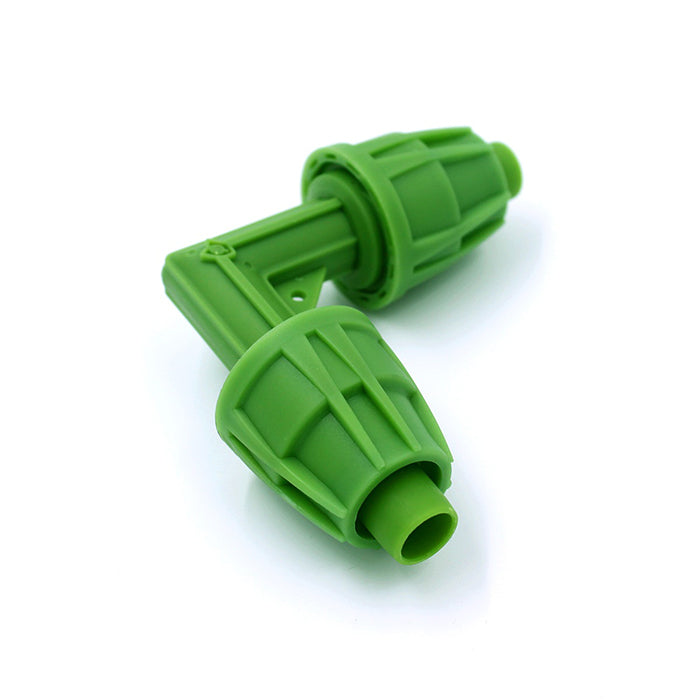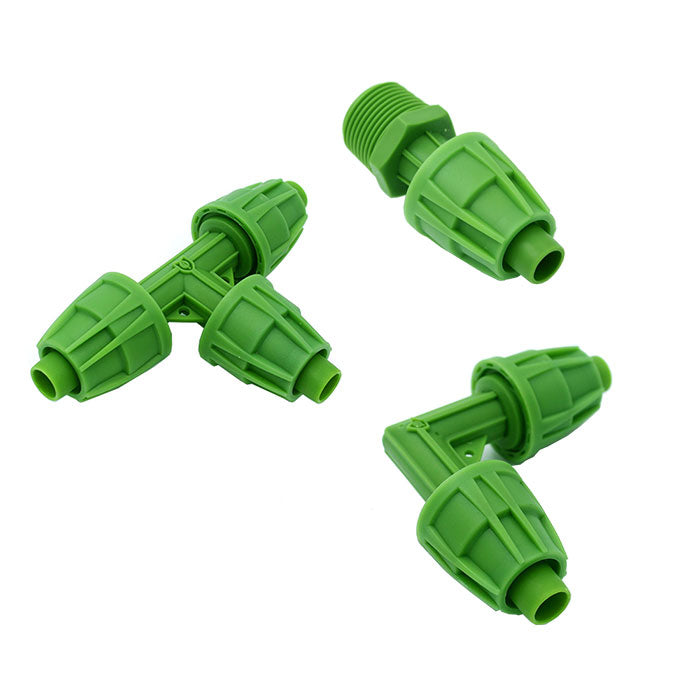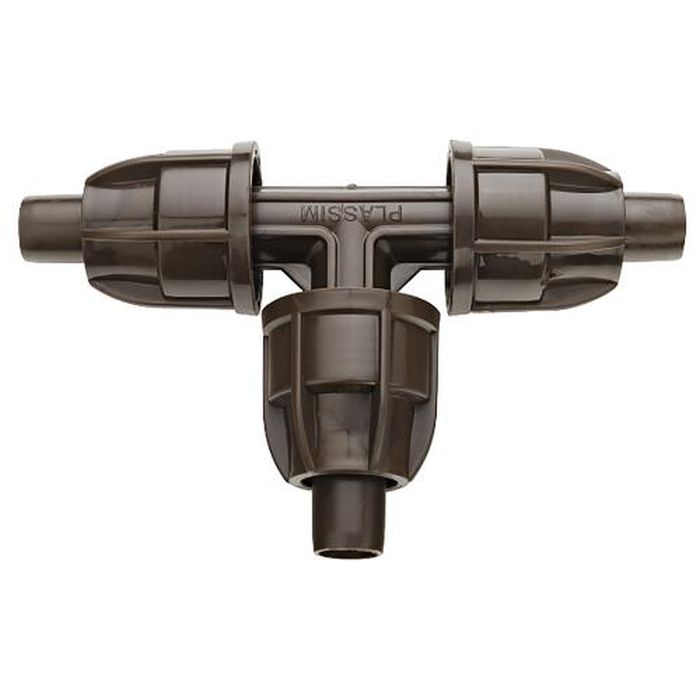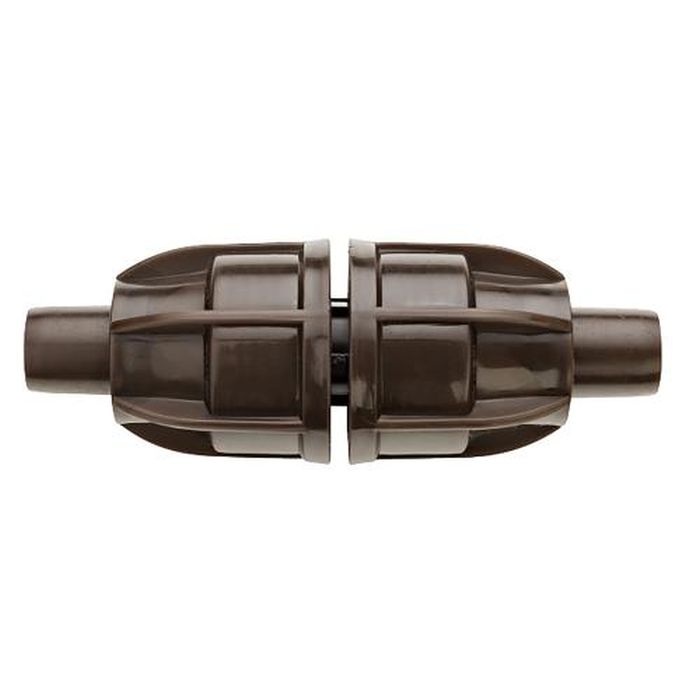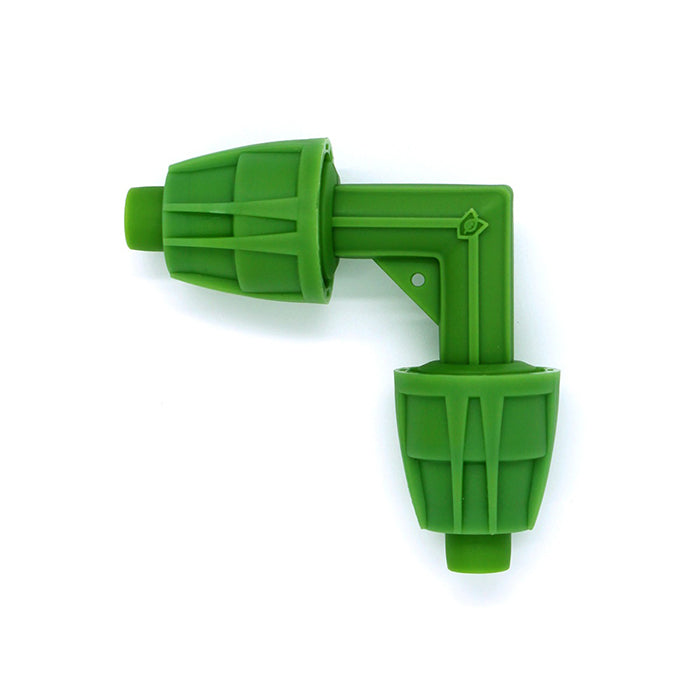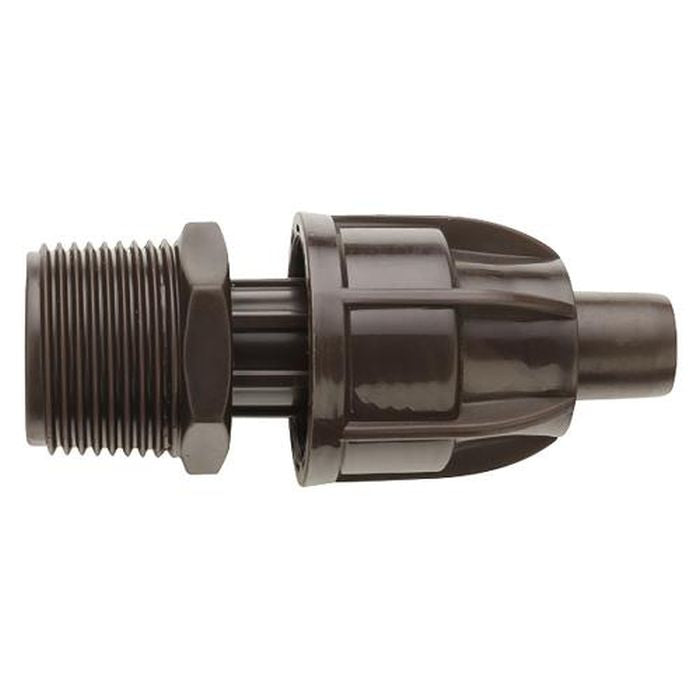Drip Irrigation Fittings
Drip Irrigation Fittings For Drip & Sprinkler Systems
In a drip irrigation system, your fittings are what keeps everything connected together and running smoothly. Agricultural irrigation pipe fittings come in many many shapes and sizes and have more applications than we can even cover.
There are many kinds from barbed irrigation fittings to compression fittings and even twist lock fittings for special connections. It is crucial to make sure that you are using the correct fitting type and size for your system
Types of Irrigation Fittings
Barbed Fittings
Barbed Fittings sometimes called insert fittings are very economical and pretty simple to use. First, you will need to match the inside diameter of tubing to the barb size. These are then pushed into the tubing and are held in place by the sharp barbs in most low pressure systems.
Higher pressures may require a clamp placed over the tubing where the barbs are located. Barbed fittings are not easily removable
Compression Fittings
Compression fittings are economical but more difficult to use. You need to match the outside diameter of the tubing to the compression fitting size since the tubing is pushed inside. A sharp edge on the narrowed opening of the compression fitting holds the tubing in place. These fittings are not removable once installed.
Compression fittings are very popular with experienced landscapers and installers. We suggest these fittings for those with sufficient hand strength to insert the tubing into the smaller opening in the fitting.
PVC Fittings
PVC fittings are available in threaded and slip styles, each having male and female connections in a many shapes and forms. For nearly every problem involving PVC there is a fitting to help with a solution.
PVC threaded fittings are available as male NPT or female NPT and will match with iron pipe threads when necessary. Also, to make irrigation connections easier, many PVC fittings are available with ¾” garden hose threads.
These threads are convenient as they connect right to your water spigot. Please note that pipe threads and hose threads are not compatible with each other. Several adapters are available and must be used to convert from one to the other.
Perma-Loc Fittings
Perma-Loc fittings from Irritec are a popular option among growers. They are durable, easy to use which saves time, removable, and reusable. The collar nut is simply turned back towards the center of the fitting exposing the barb. Then the tubing is slid over the barb and the collar nut is tightened back out over the tubing.
Shapes of Irrigation Fittings
Since irrigation fittings are used to connect your irrigation tubing throughout your garden, you may need several shapes. The connection points in your tubing usually will need on of the four main shapes of irrigation fittings.
-
Straight Connector Fittings
-
Elbow Connector Fittings
-
Tee Connector Fittings
-
Cross Connector Fittings
-
Wye Connector Fittings
Straight connector fittings are often referred to as “couplers” and used to connect two sections of pipe, tubing, or hose together. Cross fittings have four outlets running at 90 degrees of each other.
Elbow connectors are fittings that create a turn in the pipe or tubing and can be 45 or 90 degrees and can come in a 3-way shape as well.
Tee fittings have 3 outlets running 90 degrees off the straight connections. Wye fittings, or “Y” fittings have 3 connection points where at least one point veers off at an angle.
Different Thread Types
Drip irrigation parts and components are connected together using different methods, one of which is by threaded connections. Threaded connectors are available in two options, a male threaded end and a female threaded end.
You can see the difference just by taking a look at them. If the ridges are raised on the outside, it is a male connector. If the ridges are on an inside surface, they are female threads.
Of the threaded connectors, the fitting can be either hose thread or pipe thread depending on the application. Hose threads are almost always the same size of ¾”. Whereas pipe threads can vary greatly from one manufacturer to another and one system to another as well. Pipe threads found in drip irrigation systems are usually between ½” to 1".
Hose threads and pipe threads are not compatible with each other and cannot be used together in drip systems. Just like male and female threaded fittings, certain sizes of pipe threads can only be used with sizes that fit correctly. Adapters must be used otherwise.
Common acronym designations have been adopted to easily describe the different types of fittings:
-
MHT = Male Hose Thread
-
FHT = Female Hose Thread
-
MPT= Male Pipe Thread
-
FPT = Female Pipe Thread
As we mentioned, hose thread sizes are usually all ¾” so you may not see this number anywhere on the thread. Pipe thread sizes will always have the size clearly marked on the fitting. This includes specialty pipe thread fittings that have a different size fitting on each end.
For these, you will see descriptive markings for each end showing exactly what size fitting you have. An example would be: ½ MPT x ¾ FHT refers to an item which has ½” Male Pipe Threads on one end and ¾” Female Hose Threads on the other end.
What is the difference between Schedule 40 and Schedule 80?
Schedule 40 PVC is usually white in color and has thinner walls, thus can handle less pressure than it's counterpart. Schedule 40 PVC pipe works best for low water pressure applications. By contrast, Schedule 80 PVC is usually gray in color and has thicker walls; therefore, it can handle higher water pressures.
Find all of your Drip Irrigation Fittings on Hydrobuilder.com
We cary hundreds of types of drip irrgations fittings from many of the best brands in the industry. DIG is one of the most popular brands for anything related to drip irrigation. They have pretty much every size and shape of fitting you can think of. Other top brands we carry include Netafim, FloraFlex, Active Aqua and much more!
Lets “connect” and find what “fits” best for you!
